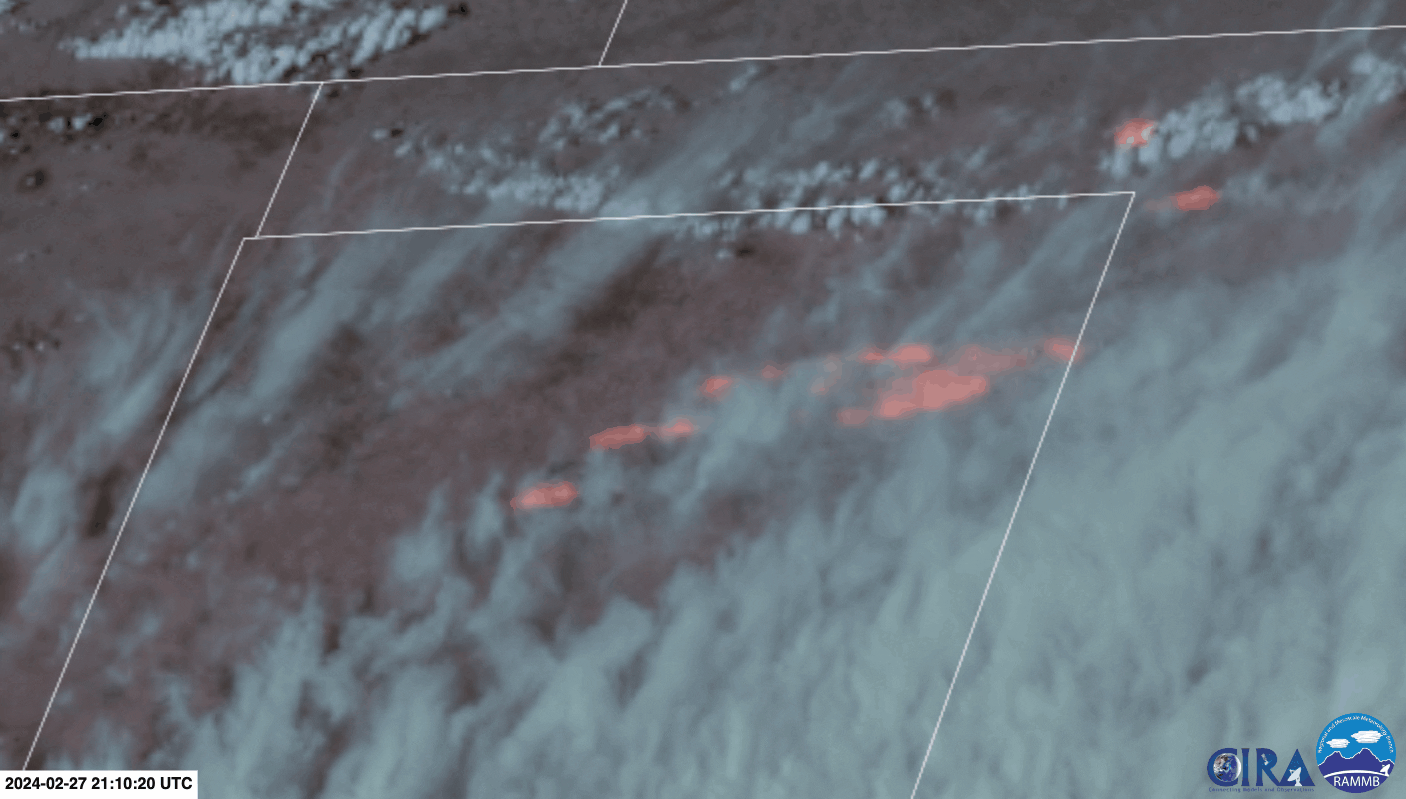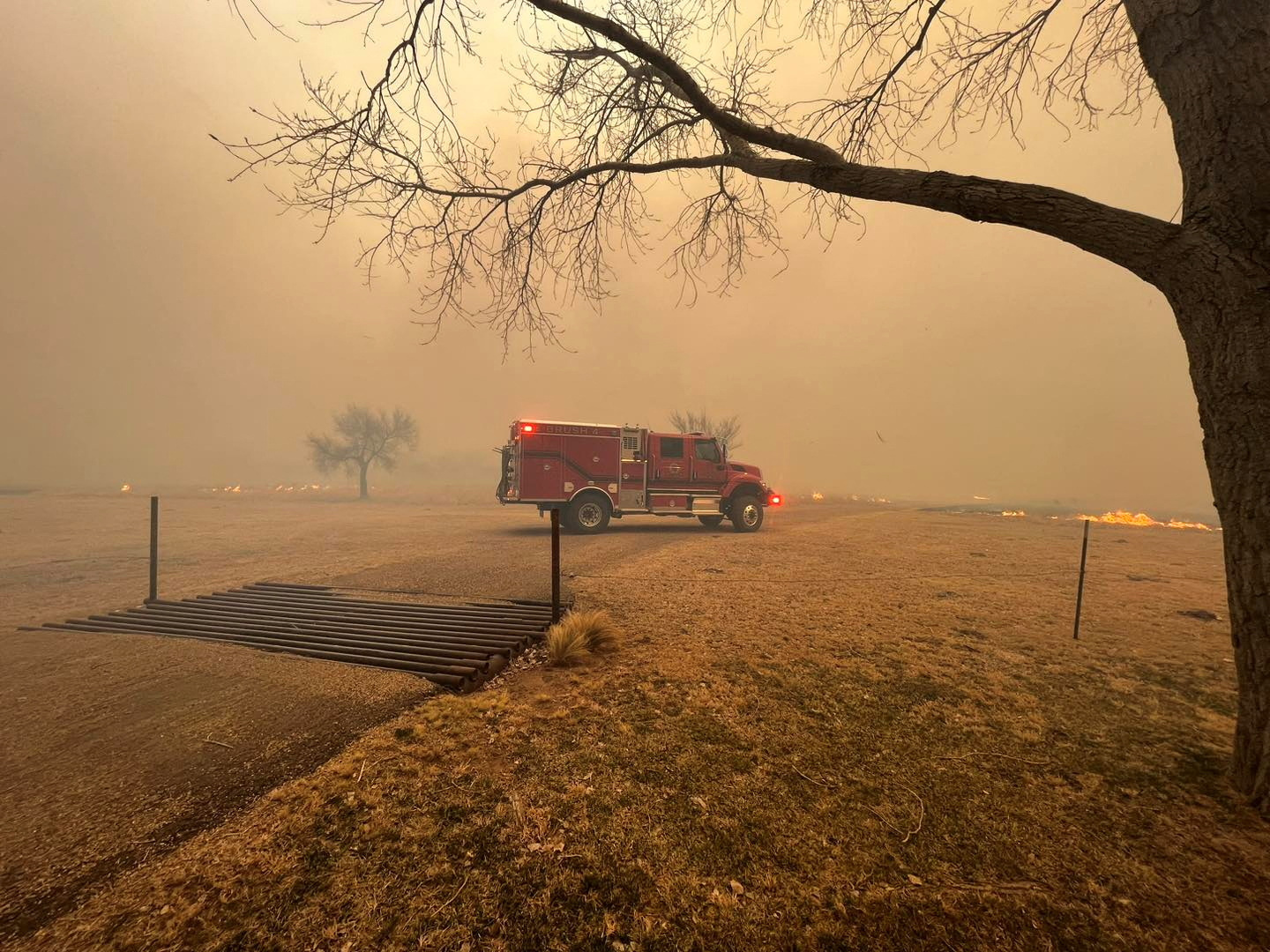No one was killed in a Texas town at the epicenter of the out-of-control Smokehouse Creek Fire, but homes have been burned.
"Luckily, no one was severely injured," Terrill Bartlett, the mayor of Canadian, Texas, told CNN. "No one lost their lives, but there there were quite a few homes burned.”
The town's emergency services are still assessing the damage, according to Bartlett, and trying to figure out ways to relocate the residents who have lost their homes.
About half the town of Canadian managed to evacuate and others were forced to shelter in place as wind shifts pushed flames in several different directions, Bartlett said.
The shifting winds "made first responders (face) a very difficult situation that were trying to fight the fire,” Bartlett told CNN. “And I might also add that most of the firefighters in this area are all volunteer, so these people leave their homes and families to put their lives in risk.”
“Every time the tone on the pager goes off, they just really do heroic effort,” the mayor added.







